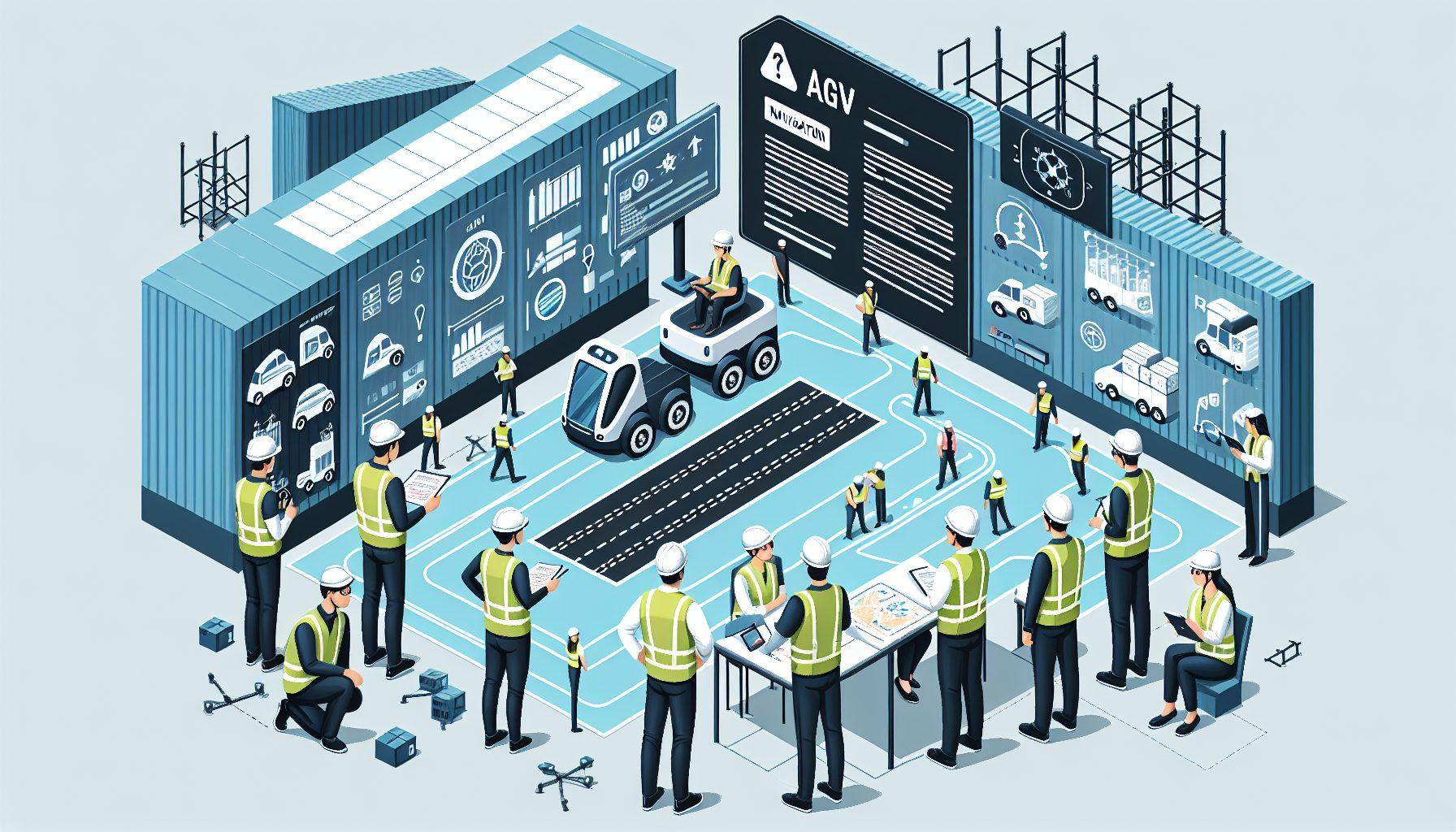Automation is revolutionizing the way warehouses operate, and one of the key advancements in this field is the use of Automated Guided Vehicles (AGVs). These intelligent robots are designed to navigate and perform tasks in a warehouse environment, making operations more efficient and cost-effective. However, just like any other technology, AGVs come with their own set of risks and safety considerations. That is why conducting regular AGV safety assessments is crucial for ensuring the safety of workers and the smooth functioning of warehouse operations.
Understanding AGV Safety Assessments
An AGV safety assessment is a comprehensive evaluation of the safety measures and protocols related to AGV operations in a warehouse. Its purpose is to identify potential hazards, assess the effectiveness of existing safety measures, and recommend improvements to enhance safety and mitigate risks. Safety assessments should be conducted by trained professionals who have expertise in AGV operations and safety regulations.
Here are some important steps to follow when conducting an AGV safety assessment:
Step 1: Review Safety Documentation and Regulations
The first step in an AGV safety assessment is to review the safety documentation provided by the AGV manufacturer and familiarize yourself with the relevant safety regulations. This includes understanding the AGV’s operating limitations, safety features, emergency stop procedures, and any specific safety guidelines provided by the manufacturer.
Additionally, it is important to be aware of the Occupational Safety and Health Administration (OSHA) guidelines and other local safety regulations that apply to AGV operations. These regulations provide important guidelines for maintaining a safe work environment and avoiding accidents.
Step 2: Evaluate AGV Hardware and Software
The next step involves evaluating the AGV hardware and software components. This includes assessing the sensors, cameras, lasers, and other technologies used by the AGV for navigation and obstacle detection. It is important to ensure that these components are functioning properly and are capable of accurately detecting and reacting to obstacles in the warehouse environment.
It is also crucial to evaluate the AGV’s control software, including its decision-making algorithms and emergency stop functionalities. The software should be capable of responding effectively to changing conditions and avoiding potential hazards.
Step 3: Analyze Warehouse Layout and Traffic
Another key aspect of an AGV safety assessment is analyzing the warehouse layout and traffic patterns. This involves evaluating the pathways, intersections, and potential bottlenecks in the warehouse. It is important to ensure that the AGV routes are optimized to minimize the chances of collisions and congestion.
Analyze the traffic flow to identify any areas where AGVs might encounter pedestrians or other equipment. Implementing measures like designated pedestrian walkways and separate AGV zones can help prevent accidents and ensure the safe movement of AGVs and workers within the warehouse.
Step 4: Review Training and Procedures
Training and procedures play a vital role in ensuring the safe operation of AGVs. During the assessment, review the training programs that are in place for AGV operators and warehouse personnel. Assess whether the training adequately covers AGV operation, emergency procedures, and safety protocols.
It is crucial to ensure that all workers who come into contact with AGVs are properly trained and aware of the safety precautions they need to take. Regular refresher training sessions should be conducted to keep personnel up to date with the latest safety procedures and best practices.
Step 5: Recommend and Implement Safety Improvements
Based on the findings of the assessment, recommend specific safety improvements that need to be implemented. This could include adding or upgrading safety features on the AGVs, improving signage and marking within the warehouse, creating clear communication protocols between AGVs and workers, or modifying traffic flow patterns to reduce congestion.
It is important to prioritize safety enhancements based on the severity of the identified risks. Develop an action plan with clear timelines and responsibilities to ensure that the recommended improvements are implemented in a timely manner.
By conducting regular AGV safety assessments, warehouse operators can identify potential risks and take proactive measures to enhance safety. This not only protects workers from accidents but also contributes to overall warehouse efficiency and productivity.
At HCO Innovations, we specialize in providing warehouse optimization solutions, including AGV safety assessments. Our team of experts can help you conduct a thorough assessment of your AGV operations and recommend customized safety improvements. To learn more about our warehouse optimization services, please visit our website.

